Methods of Analysis of Amazon Product Reviews and Rating Prediction
DOI: 10.23977/tracam.2023.030102 | Downloads: 38 | Views: 2433
Author(s)
Shixun Huang 1, Xiaowen Zhang 2, Mingzhi Wang 3
Affiliation(s)
1 Mathematical Applications in Economics and Finance, 27 King's College Cir, University of Toronto, Toronto, Canada
2 Computer Science, 27 King's College Cir, University of Toronto, Toronto, Canada
3 Computer Science and Technology, Civil Aviation Flight University of China, 46 Section 4 Nanchang Road, Guanghan, China
Corresponding Author
Shixun HuangABSTRACT
Online shopping reviews have become an important data source for merchants to make smarter decisions in product development, operations, and marketing. In this paper, we propose a modeling strategy to optimize data analysis and processing of online shopping review data. We address four main problems: identifying commonly used words in positive, negative, and helpful reviews, predicting the products to which the comments refer using semantic analysis, predicting the product rating based on the comments using sentiment analysis, and proposing ways to distinguish human comments from machine-generated ones. Additionally, we provide a recommendation letter to customers on how to read product reviews.
KEYWORDS
Review rating prediction, keyword extraction, sentiment analysis, TF-IDF, recurrent neural networkCITE THIS PAPER
Shixun Huang, Xiaowen Zhang, Mingzhi Wang, Methods of Analysis of Amazon Product Reviews and Rating Prediction. Transactions on Computational and Applied Mathematics (2023) Vol. 3: 7-17. DOI: http://dx.doi.org/10.23977/tracam.2023.030102.
REFERENCES
[1] Campos, R., Mangaravite, V., Pasquali, A., Jorge, A., Nunes, C., & Jatowt, A. (2020). YAKE! Keyword extraction from single documents using multiple local features. Information Sciences, 509, 257-289.
[2] Firoozeh, N., Nazarenko, A., Alizon, F., & Daille, B. (2020). Keyword extraction: Issues and methods. Natural Language Engineering, 26(3), 259—291.
[3] Pennington, J., Socher, R., & Manning, C. (2014). GloVe: Global Vectors for Word Representation. In Empirical Methods in Natural Language Processing (pp. 1532-1543).
[4] Princeton University. (2010). Retrieved from WordNet: https://wordnet.princeton.edu/.
[5] Zhu, T. (2021). From Textual Experiments to Experimental Texts: Expressive Repetition in "Artificial Intelligence Literature". Theoretical Studies in Literature and Art, 41(5), 140—147. (n.d.). Retrieved from NLTK :: Natural Language Toolkit: https://www.nltk.org/index.html#
| Downloads: | 657 |
|---|---|
| Visits: | 52772 |
Sponsors, Associates, and Links
-
International Journal of Power Engineering and Engineering Thermophysics
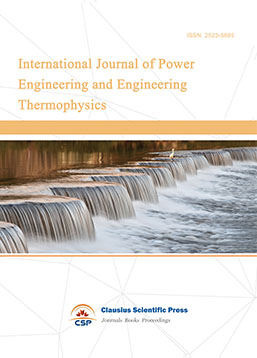
-
Numerical Algebra and Scientific Computing

-
Journal of Physics Through Computation
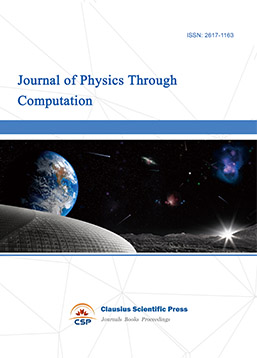
-
Transactions on Particle and Nuclear Physics
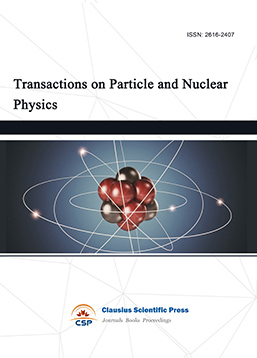
-
Journal of Probability and Mathematical Statistics
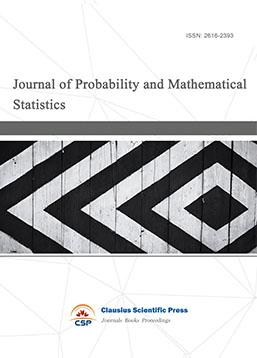
-
Multibody Systems, Nonlinear Dynamics and Control

-
Complex Analysis and Geometry
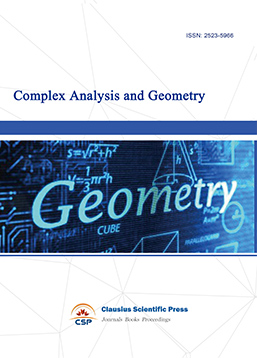
-
Dynamical Systems and Differential Equations

-
Acoustics, Optics and Radio Physics
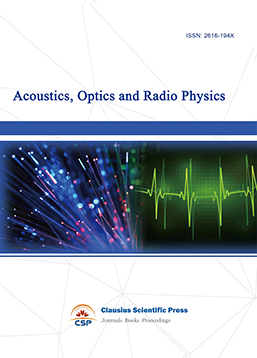
-
Progress in Atomic and Molecular Physics
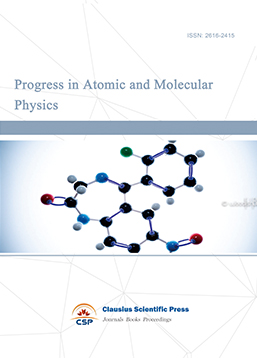
-
Transactions on Condensed Matter Physics

-
Progress in Plasma Physics
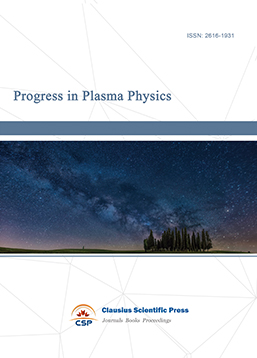
-
Combinatorics and Graph Theory

-
Research and Practice of Mathematics & Statistics
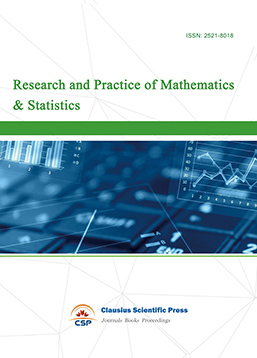
-
Nuclear Techniques and Applications
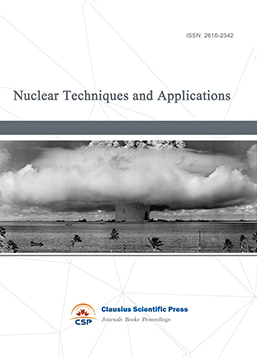
-
Journal of Photonics Research
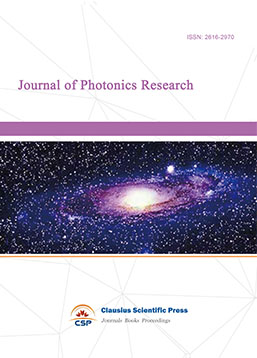
-
Journal of Compressors and Refrigeration
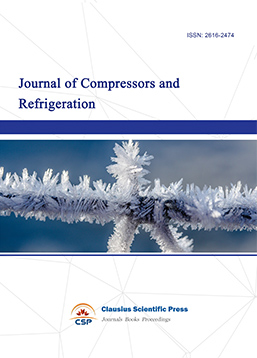
-
Journal of Theoretical Physics Frontiers
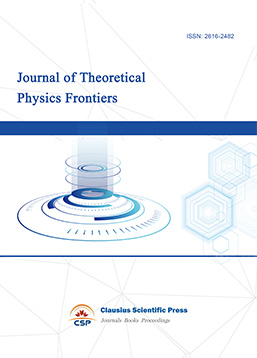
-
Journal of Nonlinear Science and Complexity

-
Vacuum Science Journal
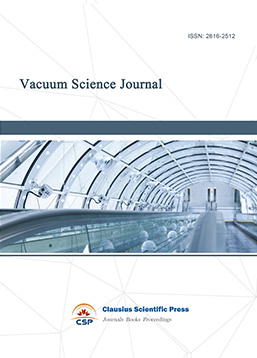
-
Computational Fluid Dynamics
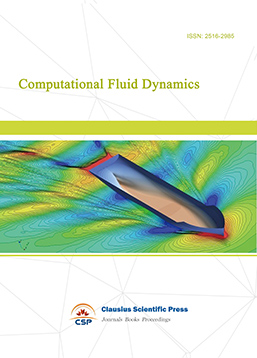

 Download as PDF
Download as PDF